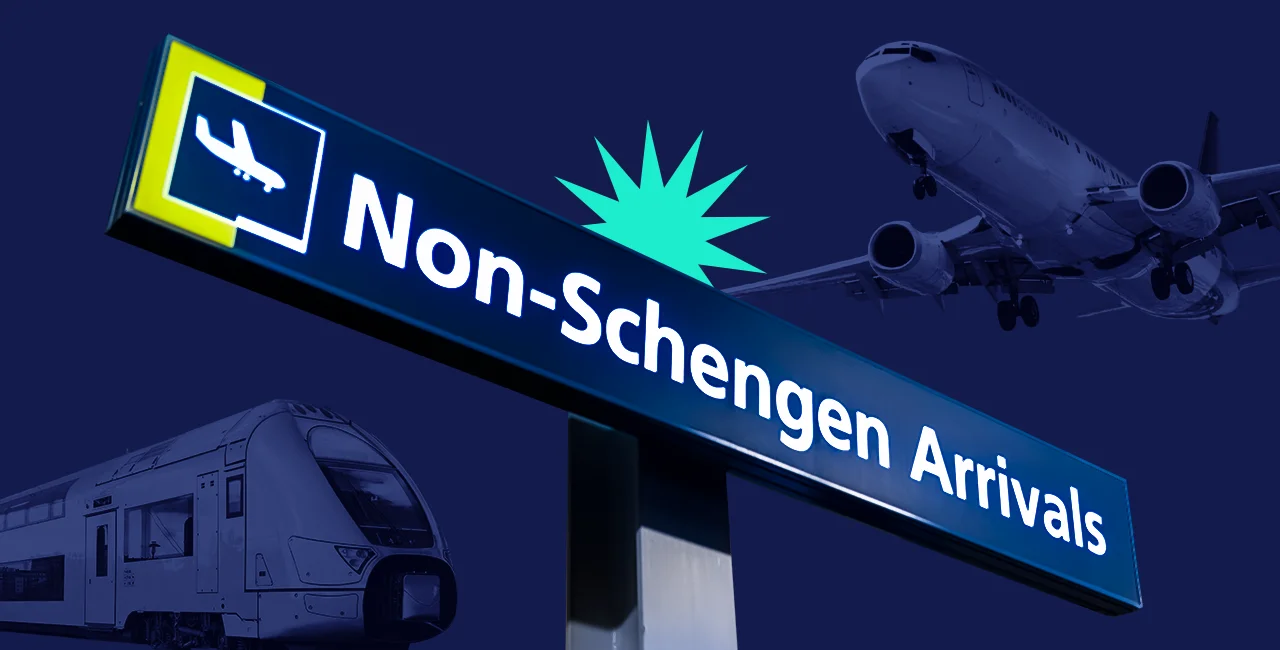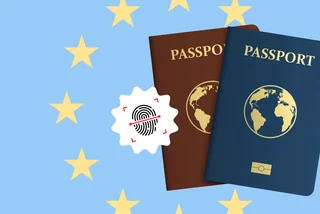The European Union has announced a delay in its new Entry/Exit System (EES) rollout, a biometric border check for non-EU citizens. Originally set to launch on Nov. 10, 2024, the postponement is attributed to technical issues within the IT infrastructure.
EU Home Affairs Commissioner Ylva Johansson told reporters on Wednesday that the planned Nov. 10 launch is no longer feasible. Johansson said that there is currently no new timetable, but a phased introduction is a possibility.
Biometric data to replace passport stamps
The EES aims to streamline border control processes by establishing a digital record of non-EU travelers entering and exiting the Schengen zone. It will utilize biometric data—such as fingerprints and facial scans—eliminating the need for manual passport stamping.
The European Commission says passport stamping isn't just time-consuming, but it doesn't provide reliable data on border crossings, and nor does it allow a systematic detection of over-stayers.
Reasons for the delay
Reuters reports that the delay stems from several key Schengen countries, including Germany, France, and the Netherlands, failing to prepare their border systems in time.
These nations account for approximately 40 percent of the affected passenger traffic. They have communicated to the EU that the EES central system lacks the “necessary stability and functionality” for a successful launch.
“Launching the system without fully testing it is a huge risk, potentially leading to widespread disruptions across the European air transport network,” ACI Europe's Olivier Jankovec, head of the airport trade group, told the Financial Times.
EU Delays Entry/Exit System Launch Again, November 10 No Longer on the Tablehttps://t.co/cprY3XZEPz
— SchengenVisaInfo (@schengen_info) October 11, 2024
Schengen area and free movement
The Schengen Area, established by the 1985 Schengen Agreement, is named after the town in Luxembourg, where it was signed. The agreement aimed to eliminate internal borders among participating European countries. The treaty initially included five countries: France, Germany, the Netherlands, Luxembourg, and Belgium.
Since then, it has expanded to encompass 27 countries. Czechia joined the Schengen area in 2007. While not all EU member states are part of Schengen, and some non-EU countries like Norway are included, the Schengen Area plays a vital role in the EU's efforts to promote travel, integration, and cooperation across European borders.
Austria decides to continue blocking Romania and Bulgaria from full access to the free movement Schengen Area in the EU.
— Visegrád 24 (@visegrad24) October 11, 2024
Ahead of the EU Justice and Home Affairs Council meeting in Brussels, Austria’s Minister of Interior Gerhard Karner said that the 2 countries are moving in… pic.twitter.com/5Pkz9p6MW9
The Schengen Area operates under shared regulations known as the Schengen acquis, which includes laws, treaties, directives, and court decisions governing border management. This framework encompasses the Schengen Borders Code, outlining when member states can reintroduce temporary border controls.
Delays, border checks, and the future Schengen travel
The Schengen zone currently faces increased instability with Germany expanding temporary border controls to all nine of its land borders in September, citing security and irregular migration concerns. These measures, which have already been implemented at Germany’s borders with Poland, Austria, Switzerland, and the Czech Republic, are expected to last at least six months.
While each European country has the right to secure its borders, Schengen members are committed to maintaining the free movement of people and goods.
As technical setbacks and security concerns prompt tighter border policing, the long-standing vision of a borderless Europe faces growing uncertainty. Observers say the delay in rolling out the biometric Entry/Exit System (EES) and the increase in temporary border controls in countries like Germany impact Schengen’s future by complicating its core principle of free movement.












 Reading time: 2 minutes
Reading time: 2 minutes 


























